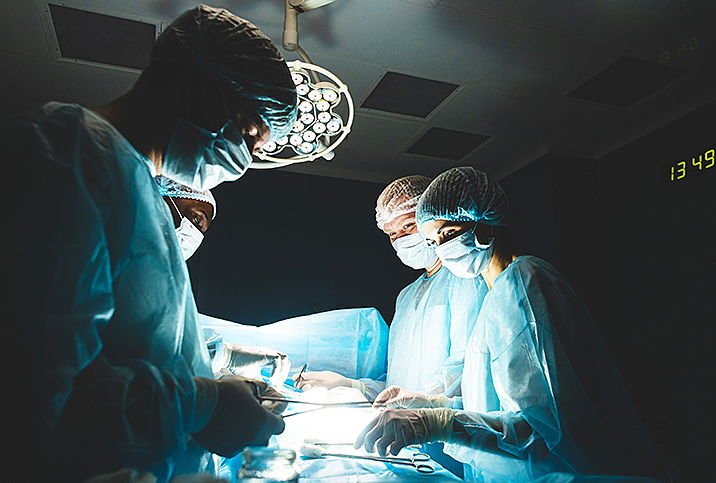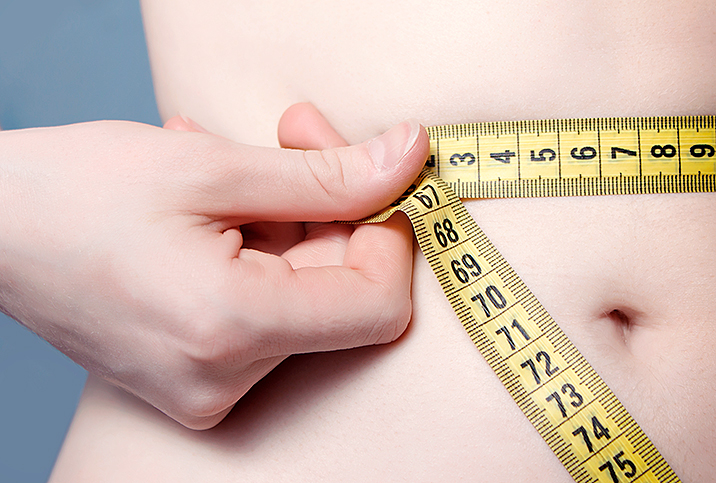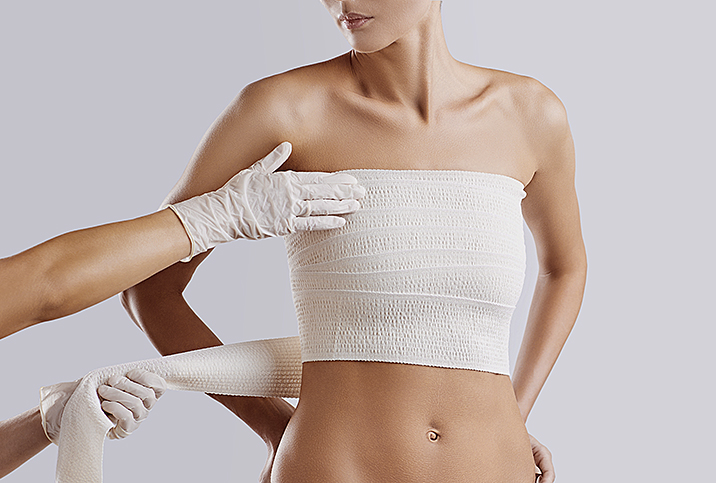Time to Settle the Debate Between Liposuction and Tummy Tuck Surgery

If you're frustrated by stubborn belly fat or loose skin, you're not alone. Even after doing everything right, it's not uncommon to hit a plateau with your fitness results, especially when you struggle with loose skin.
Tummy tucks and liposuction have decades of research behind them, and the advent of new technology has only led to surgical improvements, making plastic surgery safer and more effective. With the right surgeon, these procedures require minimal recovery time and can produce the results you're looking for.
Liposuction
According to the American Society of Plastic Surgeons, the best candidates for liposuction have firm skin and are within 30 percent of their ideal body weight. The midsection is a perfect target for liposuction as the procedure removes designated pockets of fat. Think of liposuction as a body-sculpting treatment rather than a weight-loss cure.
Before liposuction, anesthesia is administered. Your surgeon may recommend a local anesthetic (meaning you'll remain awake during surgery), general anesthesia or intravenous sedation. To loosen fat cells, a cannula (a thin tube) is inserted through small incisions. This fat is then removed from the body using a surgical vacuum or syringe. Once the procedure is complete, temporary drains placed at the incision sites allow for fluid leakage.
Removing a large volume of fat through liposuction (generally 5 liters or more) increases the chance the skin will ripple or develop cellulite. If you already have loose skin before surgery, liposuction alone will not solve the problem. An abdominoplasty, or tummy tuck, performed in tandem with liposuction goes one step further by taking off extra skin and reshaping the belly button.
Tummy tuck
A tummy tuck may achieve your desired result without the need for liposuction. Tummy tucks remove excess skin and some fat for a tightened and toned abdomen. Weak abdominal muscles can also be tightened during a tummy tuck, enhancing your final result. Ideal candidates for tummy tucks should not anticipate large weight fluctuations in the future, which can ruin results. If you plan to become pregnant or undergo bariatric surgery (weight loss surgical procedures) in the future, it is best to hold off on this operation.
Unlike liposuction, tummy tucks always require general anesthesia. A horizontal incision placed above the pubic hairline allows the surgeon to access underlying abdominal muscles for tightening. A second incision near the belly button is sometimes required as well. After trimming excess skin, the remaining skin is pulled down and sutured. Tummy tucks require careful arrangement and suturing of the skin around the belly button—check your prospective doctor's portfolio to see if they perform this detail to your standards. Once the incisions are secured and fitted with drains, the healing process can begin.
Risks and recovery
Immediately after liposuction, a tummy tuck, or both, you'll start to notice changes. However, it takes several months to reveal the final results. Expect swelling as the body heals, and in the meantime, wear the compression garments provided by your surgeon to support the midsection. Because tummy tucks require a larger incision, visible scarring is likely. Recovery time for a tummy tuck is longer than with liposuction, as it's a more invasive procedure. Your surgeon will review what to expect in recovery during your initial consultation.
As with any surgery, liposuction and tummy tucks are not without risk. Potential complications include persistent skin sensation changes, fluid accumulation, irregular pigmentation or contours and acute cardiac or pulmonary issues. An experienced, board-certified plastic surgeon will assess your risk and provide realistic expectations before surgery.
How to help your body recover
Give yourself every opportunity for a speedy recovery by adopting healthy habits before your procedure. If you smoke, now is the time to quit. Smokers take longer to recover and are at higher risk for dangerous complications.
Consuming a diet rich in fruits, vegetables and sufficient protein will supply your body with vital building blocks for healing, including vitamin C, zinc and essential amino acids. Fruits and vegetables also provide fiber, which helps prevent digestive issues often associated with post-surgery pain meds. With patience and extra support, you'll be able to enjoy your results in no time.


















